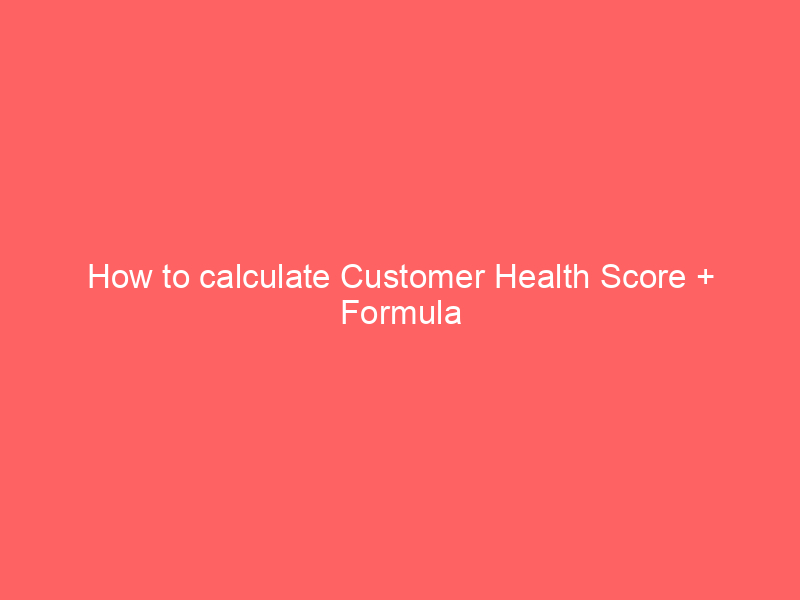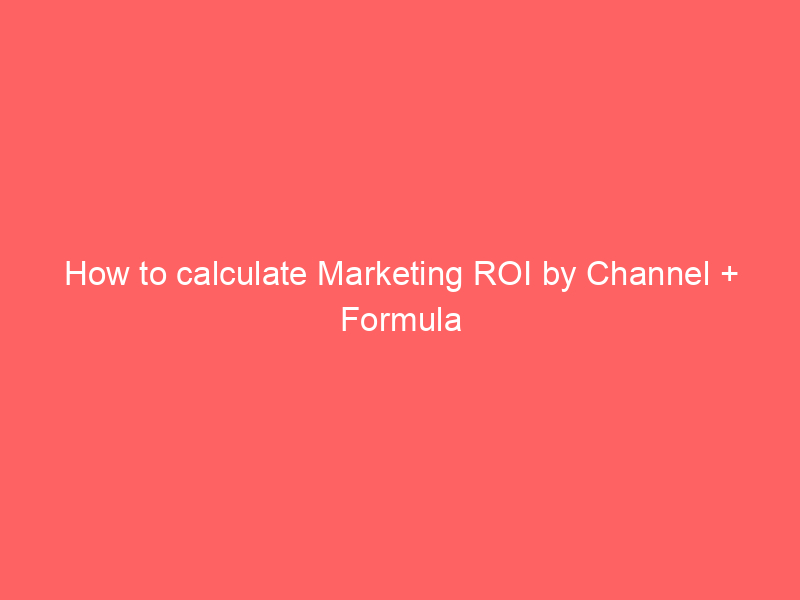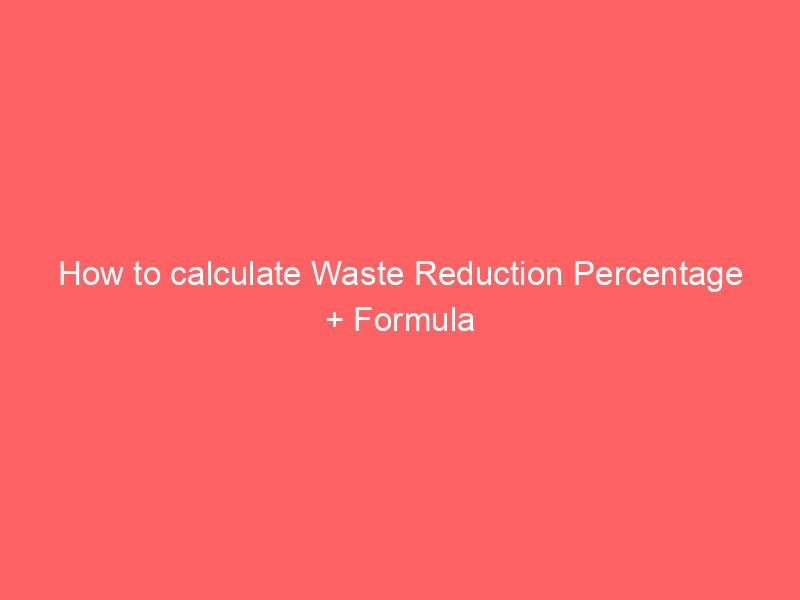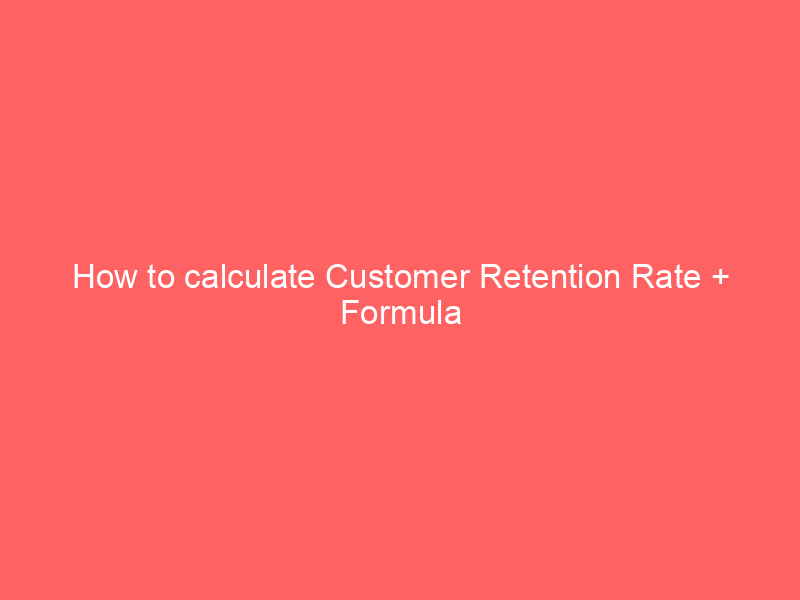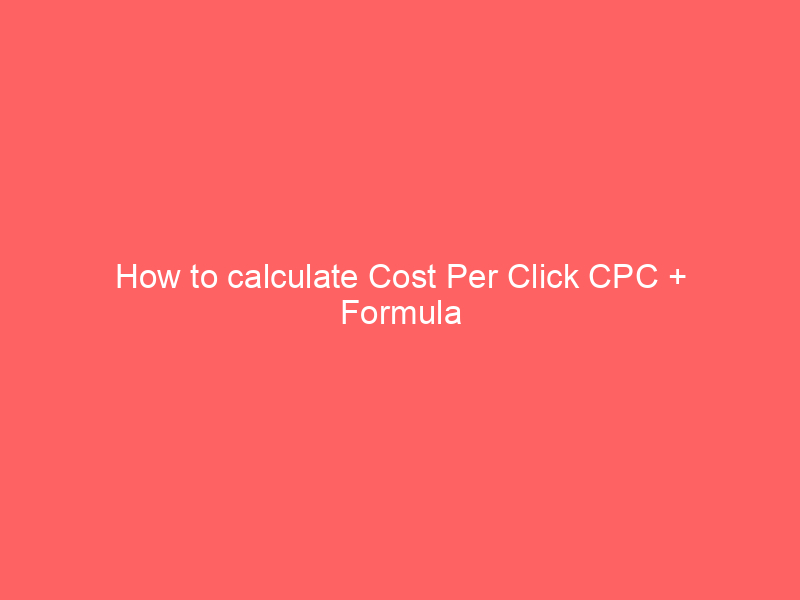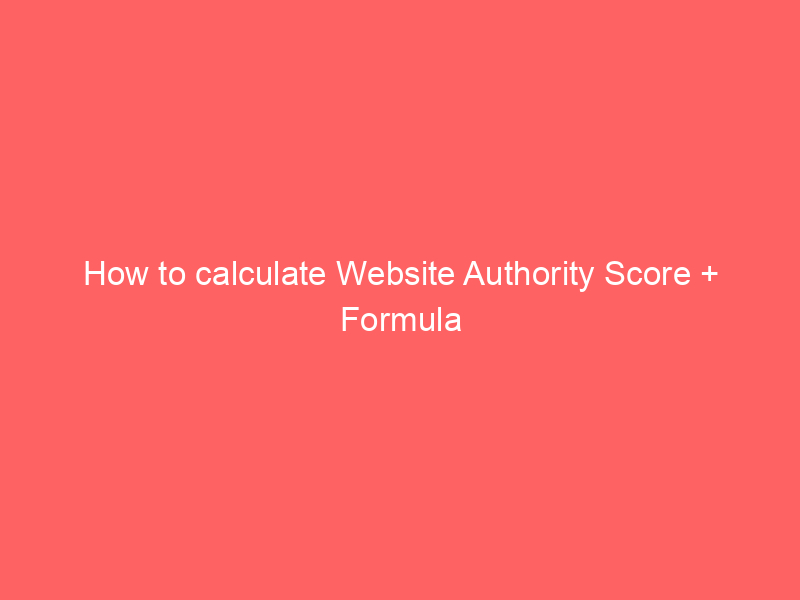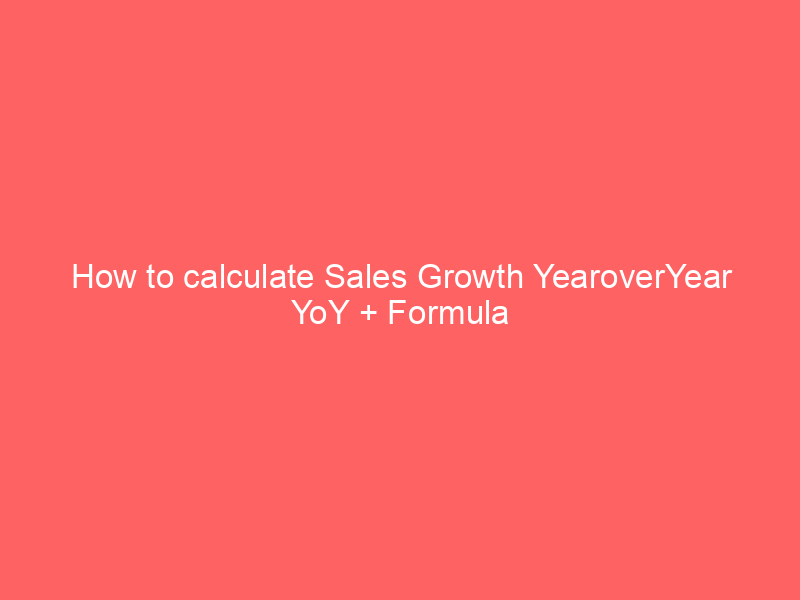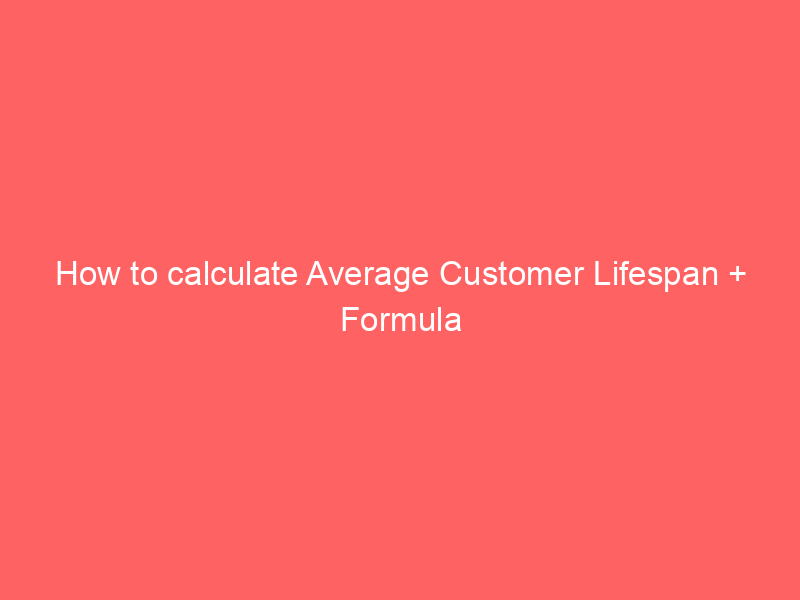Do you ever wonder how well your customers are doing with your product or service? Customer Health Score is a crucial metric in digital marketing that helps you understand the overall health of your customer base. By calculating this score, you can identify at-risk customers, predict churn, and optimize your customer success strategies.
Understanding the Core Concept
The Customer Health Score is a numerical representation of a customer’s relationship with your business. It takes into account various factors such as product usage, engagement, satisfaction levels, and more to give you a holistic view of the customer’s health.
Formula
Real-World Example
For example, if a customer uses your product frequently, engages with your content, and gives positive feedback, their Customer Health Score would be high. On the other hand, a customer who rarely uses your product, shows low engagement, and expresses dissatisfaction would have a low Customer Health Score.
“Understanding your customers’ health is crucial for long-term business success. By measuring and improving their Customer Health Score, companies can proactively address issues and build stronger relationships with their customers.”
Real-World Applications
By calculating the Customer Health Score, businesses can identify customers who are at risk of churning and take proactive measures to retain them. It also helps in segmenting customers based on their health scores and customizing communication and support strategies accordingly.
Actionable Steps
- Regularly monitor customer usage, engagement, and satisfaction metrics.
- Calculate the Customer Health Score using the formula mentioned above.
- Create targeted campaigns and engagement strategies for customers with low health scores.
Key Takeaways
- Customer Health Score is a vital metric for understanding customer health.
- It helps in predicting customer churn and improving customer success strategies.
- Regularly monitoring and acting on Customer Health Scores can lead to increased customer retention and loyalty.
Related Terms
- Churn Rate
- Customer Satisfaction Score
- Net Promoter Score (NPS)
Common Mistakes to Avoid
- Ignoring the Customer Health Score altogether.
- Not updating the metrics used in the calculation regularly.
- Not taking action based on the score results.
Common Myths Debunked
- Myth 1: Customer health score is only relevant for SaaS companies.
- Myth 2: High product usage automatically equals high customer health score.
- Myth 3: Calculating the Customer Health Score is time-consuming and complex.
5+ FAQs
How often should I calculate the Customer Health Score?
It’s recommended to calculate the score on a monthly basis to stay updated on customer health.
Can I customize the factors included in the formula?
Yes, you can tailor the formula to include specific metrics that are relevant to your business.
What if a customer has a low health score?
You can create targeted campaigns or personalized outreach to address their concerns and improve their experience.
Is the Customer Health Score the same as Net Promoter Score?
No, they are different metrics that measure different aspects of customer satisfaction and loyalty.
How can I improve the overall Customer Health Score of my customer base?
By focusing on enhancing product usage, increasing engagement, and ensuring customer satisfaction through personalized interactions.
Should I prioritize customers with the lowest health scores?
Yes, focusing on at-risk customers can help prevent churn and improve overall customer retention.
Are you ready to improve your customer relationships and increase retention rates? Contact us today to learn more about calculating and optimizing your Customer Health Score for better business outcomes. Our contact information is available on our website. Let’s elevate your customer success strategies together!

